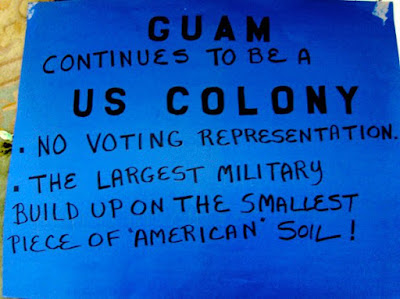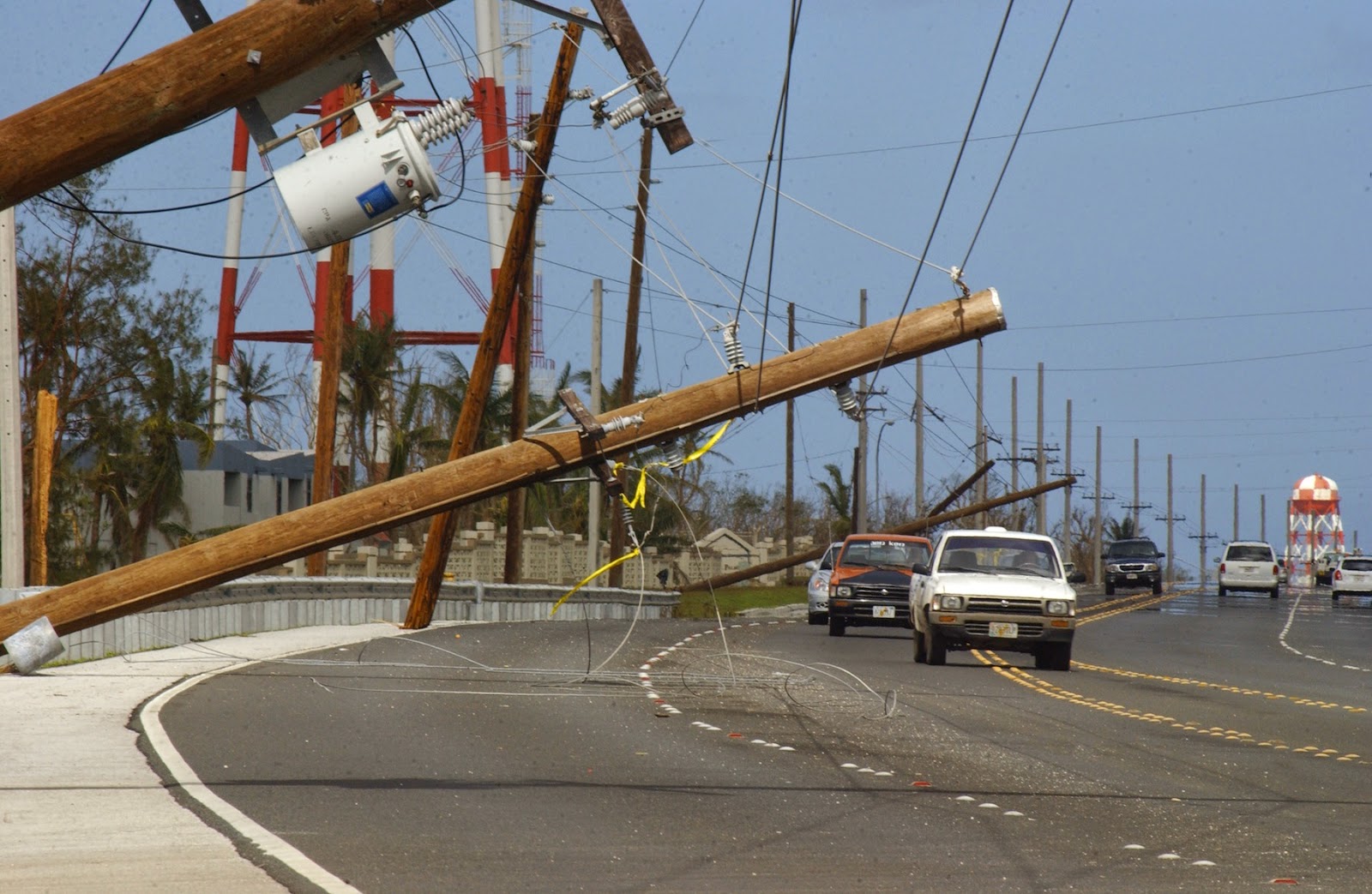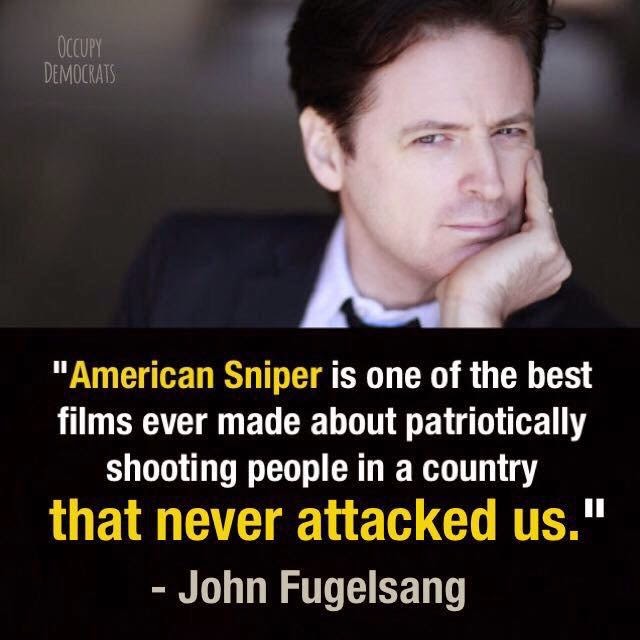Fanhokkåyan #5: Chamorro Soul Wound

Fanhokkåyan is my series where I share articles, writings and other documents from some of my previous websites, most notably the Kopbla Amerika/Chamorro Information Activist website and Minagahet Zin e. The one I'm sharing today is an intriguing one, as it represents a piece that helped shape alot of my own perceptions as an early activist about Chamorro issues, in particular their relationship to colonial legacies. This piece, which I co-wrote with a friend of mine at the time, built off the idea of "soul wound" a theory that was first popularized in considering the contemporary place of Native Americans in relation to their historical (or continuing) trauma. It is far too easy for us to argue that we shouldn't be stuck in the past by recounting how Chamorros have been hurt by colonizers, that is a common interpassive point. In truth, we need to recount it and we need to understand it, most importantly so that we can change things today, so that we can reshape th



